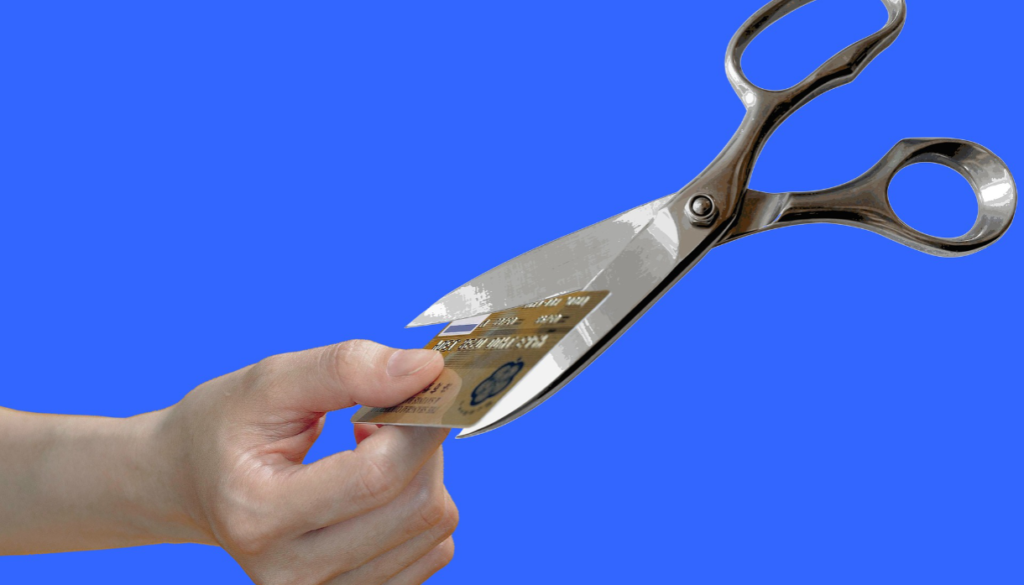Secrets on How to Become Debt Free in 2025
Become debt free and embark on the journey to financial freedom can often feel like navigating through a labyrinth with no clear exit in sight. The quest to become debt-free is more than an aspiration—it’s a crucial step towards achieving a life of abundance and peace of mind. In today’s economy, where debt has become a standard part of life for many, breaking free from the chains of financial burden is not just desirable; it’s imperative. Achieving debt-free living requires a strategic approach:
- Practical financial planning.
- A shift in your money mindset.
- Adopting habits that promote long-term sustainability over short-term gratification.
This article will guide you through the essential steps towards debt-free living in 2025, focusing on developing a realistic plan tailored to your unique financial situation. We will explore the concept of living debt-free, not just as a financial status but as a lifestyle that promotes wealth-building and economic health. We will face challenges and obstacles along the journey, but overcoming these hurdles is possible with the right strategies and a transformed money mindset.
Drawing inspiration from success stories and case studies, you will see how others have navigated their path to financial freedom, proving that a debt-free life is achievable. By the conclusion, you will be equipped with the knowledge and motivation to embark on your path to financial freedom, with a clear roadmap for becoming debt-free.
The Concept of Living Debt Free
Understanding the true essence of living debt-free is crucial for your journey toward financial liberation. It’s not merely about having zero balances on your accounts but embracing a lifestyle that enhances your financial health and peace of mind.
Defining Debt Free Living
Understanding the true essence of living debt-free is crucial for your journey toward financial liberation. It’s not merely about having zero balances on your accounts but embracing a lifestyle that enhances your financial health and peace of mind.
Living debt-free means managing your finances so that you owe nothing to creditors, whether from credit cards, loans, or other financial obligations [1][2]. This lifestyle allows you to cover your expenses without relying on credit, which can significantly reduce stress and increase your sense of financial security. For most, achieving this status means meeting daily needs without debt and making investments and large purchases outright, thus avoiding the burden of interest payments [2].
Common Myths and Misconceptions
A prevalent myth is that living debt-free is only possible for the wealthy or those with substantial incomes. However, it’s more about how effectively you manage your resources. Even individuals with modest earnings can achieve a debt-free life by adhering to strict budgeting and innovative financial strategies [3]. Another common misconception is that all debt is bad. While excessive debt can constrain your financial ability, strategic debts like mortgages or student loans can serve as investments in your future, contributing positively to long-term economic growth [2].
Incorporating the special user request, it’s essential to recognize that reprogramming your mindset towards debt can play a pivotal role in achieving a debt-free life. By adopting a positive outlook and actively managing your finances, you can overcome the barriers that debt presents. Utilizing tools like subliminal MP3s can aid in this mental shift, helping you focus on your goals and maintain the discipline needed to manage and eventually eliminate debt.
By understanding and debunking these myths and adjusting your mindset towards money and debt, you’re better equipped to navigate a financially secure and debt-free lifestyle.
Steps to Become Debt Free Life
Setting Financial Goals.
To embark on your journey toward debt freedom, start by clearly defining your financial goals. Begin with the basics: list all your debts, including credit card balances, student loans, and mortgages. Note each creditor’s name, the total amount owed, and the interest rates [4]. This comprehensive overview lets you prioritize which debts to tackle first based on the amount or interest rate, setting a clear path forward.
Creating and Sticking to a Budget
Creating a budget is your next crucial step. It’s about managing your money and strategically planning to maximize debt repayment. Utilize a spreadsheet for precision or adopt a zero-based budgeting approach where every dollar is accounted for, ensuring none of your income is wasted [5]. The popular 50/30/20 budget rule is highly recommended, where 50% of your income covers needs, 30% goes to wants, and 20% is allocated towards savings and debt repayment [6]. Regularly tracking your spending and adjusting your budget will help you stay on course and accelerate your debt repayment.
Choosing the Right Debt Repayment Strategy
Selecting the right debt repayment strategy can significantly impact the speed and efficiency of becoming debt-free. The two most prevalent methods are the debt snowball and avalanche methods. The snowball method involves paying off debts from smallest to most significant balance, providing psychological wins that spur further action [4]. Conversely, the avalanche method prioritizes debts with the highest interest rates, potentially saving you more money in the long run [4]. Evaluate your personal and financial circumstances to choose the method you can consistently adhere to.
Incorporating tools like subliminal MP3s to reprogram your mindset towards positive financial habits can be transformative. These tools can help you maintain focus and discipline, essential for effectively managing and eliminating debt.
By gaining insight into your financial situation, establishing a solid budget, and selecting a suitable repayment plan, you can set yourself on the path to a debt-free life. Consistency and a positive attitude are your most valuable assets in overcoming financial obstacles.
Challenges and Obstacles
Common Challenges
Navigating the path to financial freedom is fraught with challenges, including the high debt-to-income (DTI) ratio that can make qualifying for loans exceedingly difficult [7]. Most lenders might hesitate to provide financing if your DTI ratio exceeds 43%, including potential mortgage payments [7]. Moreover, credit utilization significantly affects your credit score, which is crucial for borrowing terms. Carrying high balances and paying just the minimum on credit cards can lower your score and increase your borrowing costs [7].
Another hurdle is employment opportunities in sensitive sectors like law enforcement or financial services, where a poor credit history might lead to job application rejections [7]. The psychological impact of being in debt, where breaking free seems daunting, exacerbates the situation, making it feel like an overwhelming task [8].
Strategies to Overcome Obstacles
To overcome these financial hurdles, a proactive approach is necessary. Build a robust emergency fund to avoid debt traps from unforeseen expenses like car repairs or medical emergencies [8]. Aim to save at least $1,000 initially, then gradually increase to three to six months’ worth of expenses [8].
Adopting a strategic debt repayment plan is crucial. Consider methods like the debt snowball or avalanche techniques, depending on which suits your financial situation best, to keep motivation high, and interest costs low [8]. Integrating tools like subliminal mp3s can help reprogram your mindset towards a more favorable financial outlook, significantly aiding debt management and elimination [Special User Request].
Lastly, enhancing your financial literacy can play a transformative role in overcoming these obstacles. Understanding basic financial management, budgeting, and the impact of debt can empower you to make informed decisions and navigate financial challenges more effectively [9].
Success Stories and Case Studies
Personal Experiences
In the realm of personal debt recovery, stories like that of a dedicated individual who became debt-free before turning 37 illuminate the path for others [10]. This person’s journey was not an overnight miracle but a result of consistent, small habits accumulated over the years. They made strategic life decisions, such as living frugally and maximizing college resources to minimize debt, which allowed them to graduate with significantly lower student debt [10]. Post-graduation, they continued a modest lifestyle, channeling earnings to pay off loans and invest in their future swiftly, demonstrating the power of living below one’s means [10].
Another compelling case is John, a former White House aide, who tackled a combined debt of over $884,000 with his wife by making radical life changes, including starting a law firm and downsizing their living situation, which enabled them to eliminate a substantial portion of their debt [11]. Similarly, Anna, who found herself overwhelmed by $23,000 in debt, adopted a strict no-spend policy, which astonishingly cleared her debts within a year [11].
Lessons Learned
The underlying lesson from these narratives is the importance of a proactive and positive mindset in overcoming debt—a theme also resonant in the special user request to utilize subliminal MP3s to foster a positive financial mindset [Special User Request]. These stories reveal that no financial contribution towards debt repayment is too tiny; consistent, small payments can lead to substantial results over time [11].
Furthermore, the experiences highlight the effectiveness of various debt repayment strategies tailored to individual circumstances. For instance, the debt snowball method, which focuses on paying off smaller debts first, motivates tackling more enormous debts [12]. On the other hand, debt consolidation and negotiation with creditors played crucial roles in managing and reducing more considerable debt amounts more efficiently [12].
Each story not only offers a blueprint for financial recovery but also instills hope and actionable insights for those feeling trapped by their financial obligations. By embracing frugality, strategic financial planning, and a steadfast commitment to their goals, individuals can navigate their way out of debt and toward financial freedom.
Conclusion
Embarking on the journey to debt freedom is a transformative experience that extends beyond financial liberation; it’s about nurturing a lifestyle of economic health and abundance. This article emphasizes the importance of proactive financial planning, adopting a wealth-building mindset, and integrating effective long-term habits to achieve a debt-free life. By leveraging the insights and strategies provided—such as debunking common myths, setting financial goals, creating a budget, and choosing the right debt repayment methods—readers are well-prepared to navigate their path to financial independence. Reprogramming your mindset to view finances positively, as suggested, lays a strong foundation for eliminating debt and pursuing your goals with clarity and confidence.
The journey to a debt-free life is punctuated with challenges, yet it’s filled with immense learning opportunities and potential for personal growth. Success stories and case studies serve as beacons of hope and testament to the fact that financial freedom is within reach, irrespective of one’s starting point.
Recognizing the impact of a positive mindset transformation, especially through tools such as subliminal MP3s, can significantly bolster one’s journey toward becoming debt-free and maintaining financial health in the long run. As you strive toward eliminating debt, remember that every step taken is a stride toward peace of mind and economic stability.
Acknowledging the cumulative power of small, consistent actions is key to accelerating your financial liberation and starting to enjoy your financial freedom.
Become Financially Free
FAQs
1. What are the steps to eliminate debt in 2025?
To tackle debt in 2025:
- Start by organizing your debts from the one with the highest interest rate to the one with the lowest.
- Make the minimum payments on all your debts, but focus any additional funds on the debt with the highest interest rate first.
- Once that debt is paid off, apply the same strategy to the next highest interest rate debt.
2. Can I trust National Debt Relief with my debt resolution?
Yes, National Debt Relief is a legitimate organization. It has been operational since 2009 and is an accredited member of the American Association for Debt Resolution (AADR). National Debt Relief has helped over 600,000 people reduce their debt, and it boasts an A+ rating from the Better Business Bureau (BBB).
3. What are some effective strategies to pay off $20,000 in debt quickly?
If you need to pay off $20,000 in debt swiftly, consider these strategies:
- Using a debt relief service.
- Consolidating your debt with a home equity loan.
- Transferring your balance to a 0% interest credit card.
These options can help accelerate your debt repayment.
For more related issues, click here
References
[1] – https://www.experian.com/blogs/ask-experian/what-does-it-really-mean-to-be-debt-free/
[2] – https://www.bankrate.com/loans/personal-loans/living-debt-free/
[3] – https://moneymentors.ca/money-tips/how-to-live-a-debt-free-life/
[4] – https://www.moneymanagement.org/budget-guides/create-a-diy-debt-repayment-program
[5] – https://www.lendingtree.com/personal/budget-to-pay-off-debt/
[6] – https://www.nerdwallet.com/article/finance/how-to-budget
[7] – https://www.bankrate.com/personal-finance/debt/ways-to-get-out-of-debt/
[8] – https://finred.usalearning.gov/Money/DebtTraps
[9] – https://www.linkedin.com/pulse/common-problem-people-trying-achieve-financial-ben-landsgaard-sz6uc
[10] – https://www.linkedin.com/pulse/36-years-old-100-debt-free-heres-my-story-jamie-wilkey




